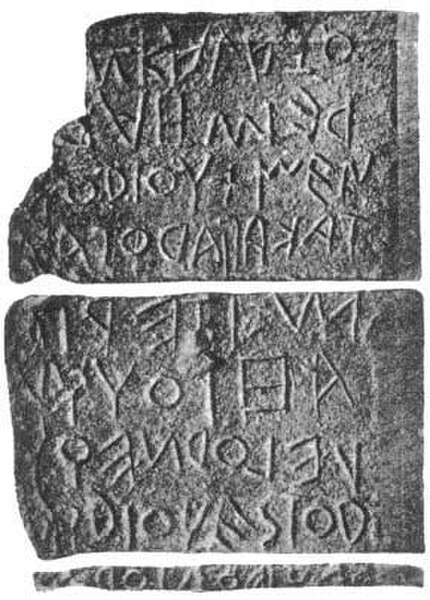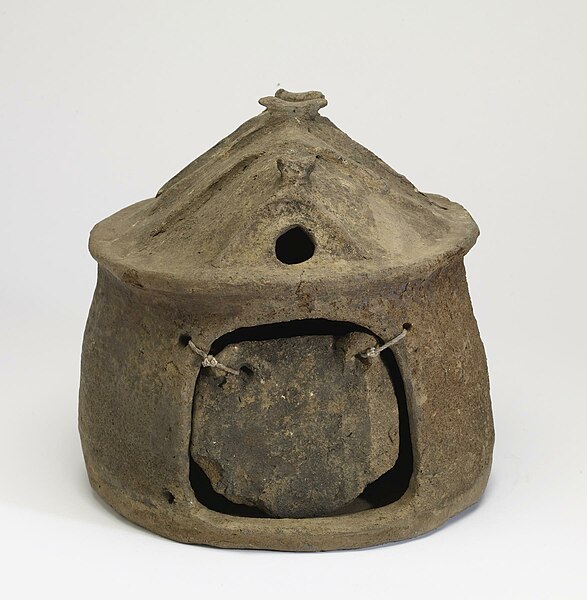Alba Longa was an ancient Latin city in Central Italy in the vicinity of Lake Albano in the Alban Hills. The ancient Romans believed it to be the founder and head of the Latin League, before it was destroyed by the Roman Kingdom around the middle of the 7th century BC and its inhabitants were forced to settle in Rome. In legend, Romulus and Remus, founders of Rome, had come from the royal dynasty of Alba Longa, which in Virgil's Aeneid had been the bloodline of Aeneas, a son of Venus.
Alba Longa
Castel Gandolfo on a long, sunlit ridge overlooking Lake Albano, the most likely site of ancient Alba Longa
In the temple of Vesta, painting by Constantin Hölscher, 1902.
Image: AR serrate denarius of C. Sulpicius C. f. Galba
The Latins, sometimes known as the Latials or Latians, were an Italic tribe which included the early inhabitants of the city of Rome. From about 1000 BC, the Latins inhabited the small region known to the Romans as Old Latium, that is, the area between the river Tiber and the promontory of Mount Circeo 100 km (62 mi) southeast of Rome. Following the Roman expansion, the Latins spread into the Latium adiectum, inhabited by Osco-Umbrian peoples.
The Lapis Niger, probably the oldest extant Latin inscription (c. 600 BC)
Villanovan culture cinerary hut-urn, showing the likely shape of Romulus' Hut in Rome: a simple mud-and-straw shelter
The "Rain Miracle": Jupiter the Rainmaker rescues the Romans during the Marcomannic Wars (AD 166–80). The soldiers of legion XII Fulminata, who were surrounded by the Quadi Germans and severely dehydrated, were saved by a thunderstorm, which reportedly materialised out of a clear sky. Note the god's wings. Detail from the Column of Marcus Aurelius, Rome
View of Albanus mons (Monte Cavo, 949m), the sacred mount of the Latins in the Alban Hills. The annual religious rites of the Latin Festival were held on its summit. In foreground, the Alban lake, filling the caldera of an extinct volcano








